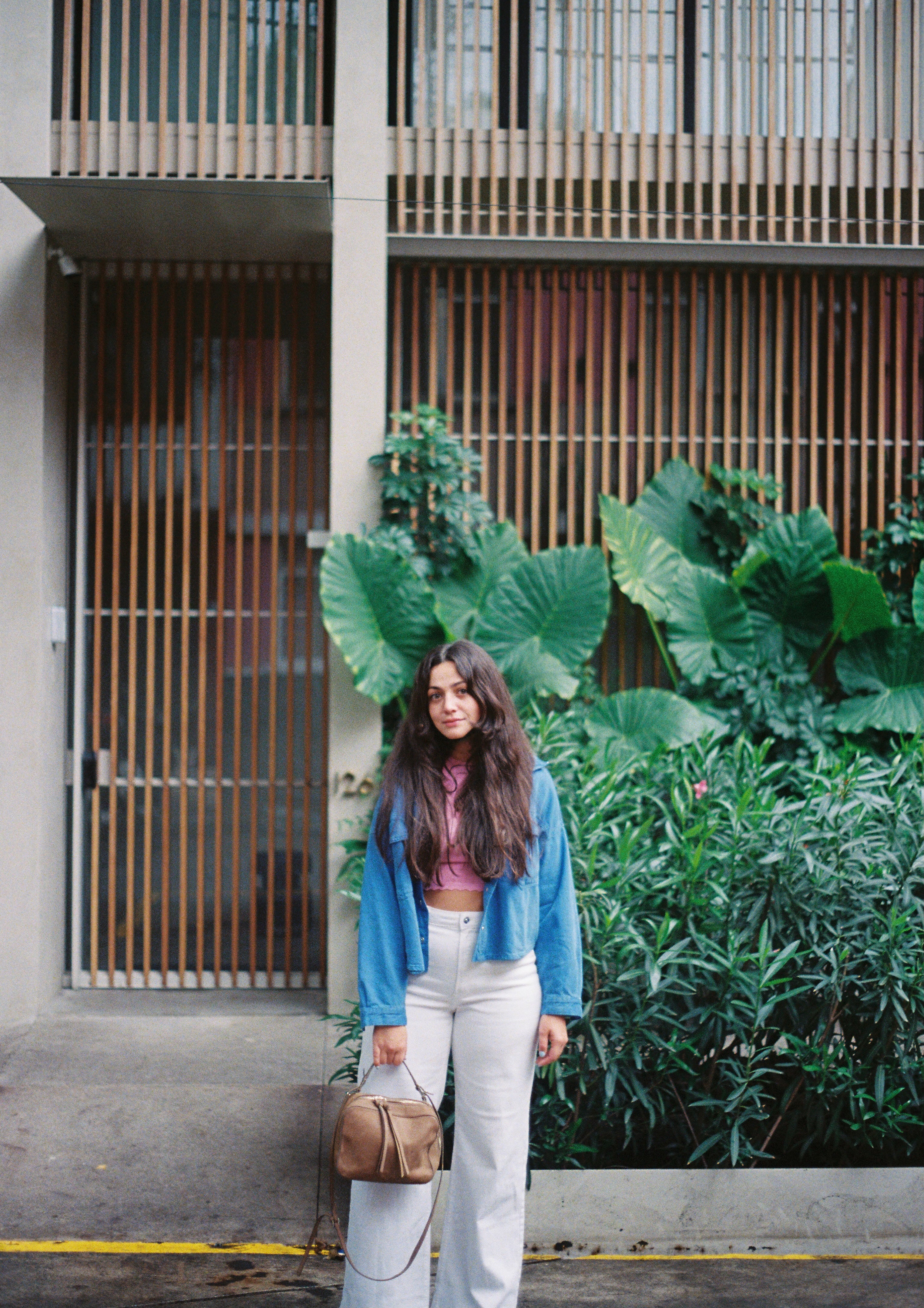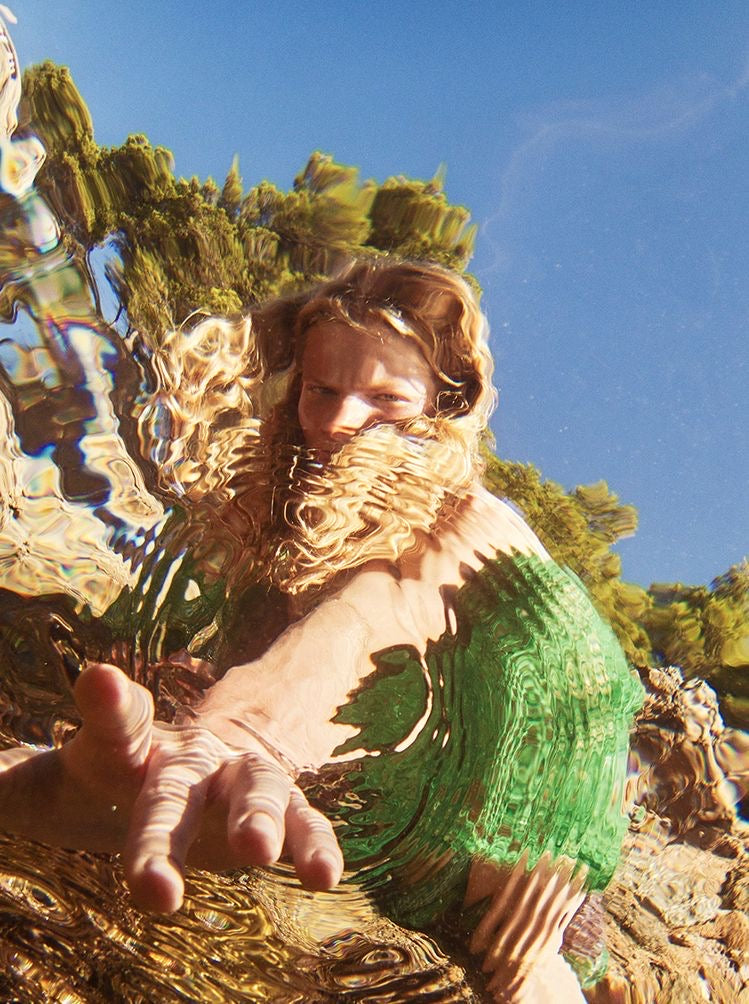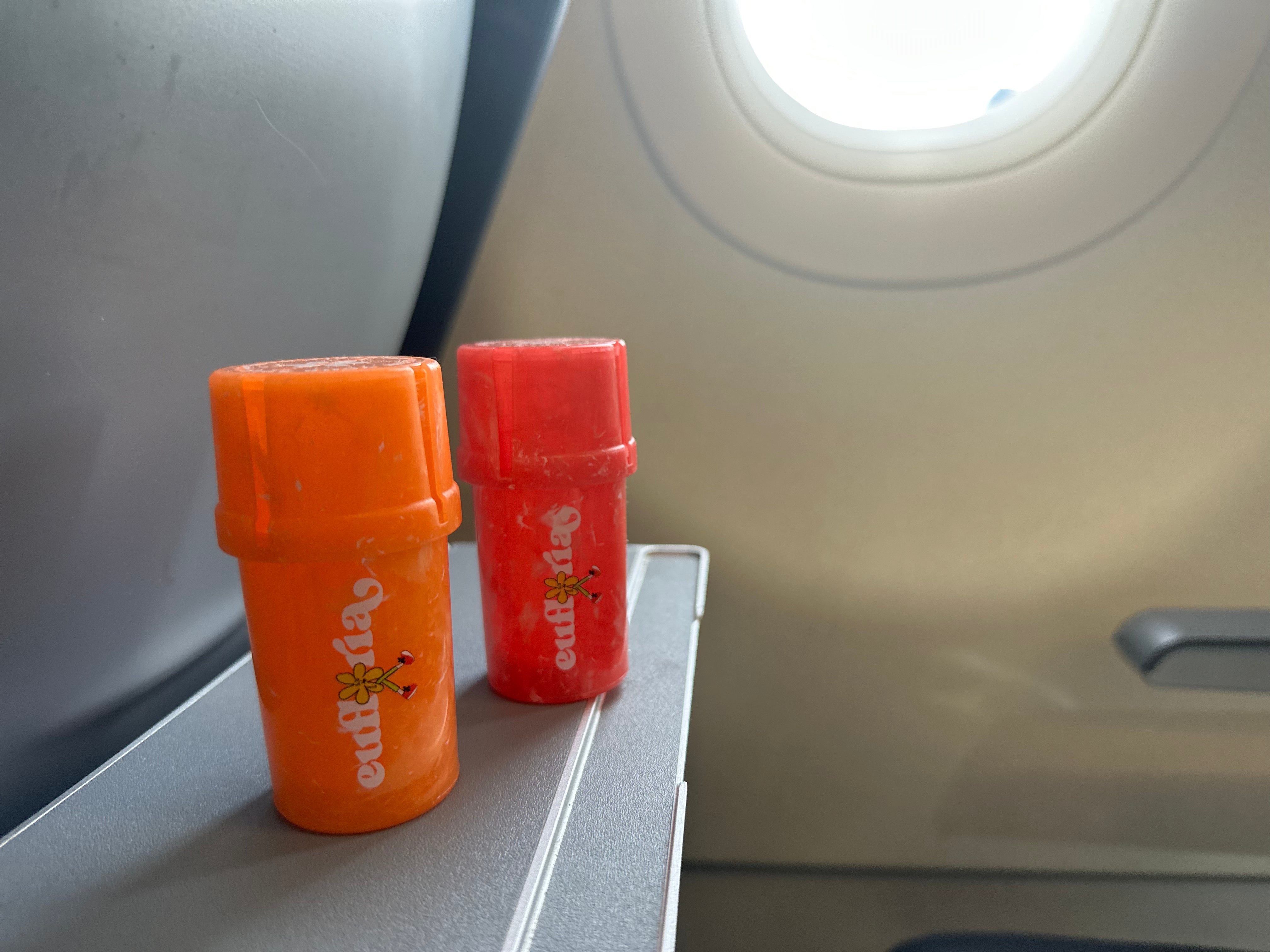✿April Showers, Bring May Flowers✿

An Interview with Liz Prohira
This week, we sat down with Miami Floral Designer, Liz Prohira, and talked about her process, where she finds inspiration, and how she gets into her flow.
KP: How long have you been working in floral design?
LP: My personal design? For the last three years. And five years before that, I was working in event production, on more of the planning side.
Okay. So, when you were working in events, you worked with flowers, but not as close as you’re working with them now, right?
LP: Right. I was in the realm, so I was responsible for deciding which flowers should be there, but I wasn't the one physically making the arrangement.
So, how’d you get into personal floral design? Like, for other people?
LP: In February 2020, I did my first event at Casa Tua. A friend of mine put me in touch with another friend who was throwing a bridal shower for her daughter. A week later, I was asked to provide floral arrangements for a Shabbat dinner. And then, a few weeks after that… the pandemic hit.
Oh yeah, this was BEFORE the pandemic. It feels like so long ago. How was that for you?
LP: Well, I left my job in September of 2019. At that time, I was just buying flowers for my home and obsessively collecting vases. So, it really started with me styling my own vases.
That’s actually when I started working with tulips. Partly because they’re a common grocery store flower, so they’re very accessible. But also because they’re so beautiful and impactful. And being home with them all the time, I found that tulips change their shape over time; they evolve.
So, would you consider the tulip to be your favorite flower?
LP: I would.
Is there a specific kind?
LP: I’d say a double tulip, a parrot tulip, or a fringed tulip because of the unique shape of their petals. The double tulips are very full. Sometimes they're so full that their head falls off. And they're fickle to work with like, they change their silhouette. I like that.
So, is that what inspired you to start working on your own floral design? Leaving event production and then styling vases in your own home?
LP: I think the change happened when I moved into this house and started arranging flowers for myself. Like, yes, I was always inspired by flowers. I was always creating tablescapes for events. But that was more from a creative direction point of view and less hands-on. So, doing it for myself at home was the first time I was physically creating.
What would you say inspires your style today?
LP: Well, of course, there are florists in the industry that I admire and look up to. But outside of floristry, I like to travel. I get a lot of inspiration from architecture. And a lot from nature in general. I think what speaks most to my design style is capturing, or creating, a sense of shape and repetition. That's what I’m drawn to in nature, and that’s what I like to create through my arrangements.
What’s your favorite aspect of floral design? What’s your least favorite?
LP: Those might be the same thing–that it lasts for such a short time. There's something so special about that; That it’s just a moment in time.
It’s also really difficult when it's something that you're trying to sell to people, because, of course, they want the most out of their arrangement, and they want it to last for as long as possible. But, at the end of the day, it's a perishable thing.
Right. So, in theory, it’s kind of romantic–but in practice, it’s a bit tough.
LP: Yeah, it can be. When it comes to floral design, you're working with this live, natural element that has a mind of its own. In a way, it’s one of a kind; the way it holds a certain shape or silhouette. And it all depends on where it is in its life cycle. To me, even when the flowers are dying, they still have this beauty.
But that’s hard because not everyone sees it that way. Like, when you're selling it to a customer, they don’t always remember that it has a shelf life; That it’s not going to last forever.
This kind of goes into my next question, If there’s one thing that you want other people to know about floral design, what would it be?
LP: Appreciate it for what it is. We do our best to make arrangements last as long as possible. Of course, you can do things to make them last longer, like feeding them or changing their water, but at the end of the day, it’s all about the time you have with them, not how long they last.
That makes sense. Flowers are special because they're fleeting. It’s lovely to think about it that way. So, this is a bit of a departure, but we have to ask, Does weed play a part in your creative process?
LP: For sure. There have definitely been times in my life when I feel like it plays a part. When it helps me get into the zone, or you know, dream up something new.
Now, I’m more interested in incorporating the actual cannabis plant into flower arrangements, especially for this brand.
Can you recall your earliest memory of flowers/plants?
LP: My two main flower memories are at my childhood home in upstate New York, and they're both connected to the smell.
The first is of the hyacinth, which was always brought into our house around Easter time, and has such a fragrant smell. The second is of the peony–specifically the Coral Charm peony.
When we were kids, they grew in our yard right outside our window. Now that I’m older, I feel incredibly fortunate to have had such gorgeous flowers so accessible to me growing up. Like, it’s crazy to me how those were just in the yard. And now I live here in Miami, where you can only find them in stores.
Is there a flower or plant that you don’t like working with?
LP: There are certain ones that I can't work with because of the toxicity to cats. So, I won’t bring those into my house. Like, there are a lot of lilies that are beautiful and that I would love to work with, but I haven’t been able to yet. But, if I had the opportunity to work with them outside the house, I would love to.
As far as a flower that I don’t like working with, I don’t think there are any. I mean, I think some flowers get a bad rap. Even I've been guilty of hating a carnation. But now, I see the beauty in all of them.
How do you get in your flow? And, if you’re not in the mood and need to tune in, how do you get there?
LP: I think some sort of inspiration needs to strike. And then I just try to seize the moment. Sometimes, it’s a more delayed response, depending on what's happening that day. But for the most part, as soon as I think up something, I try to make a point to get to the market, or if I can’t, then at least put whatever’s in my brain down on paper. Because, like all things, there are times when the inspiration just isn’t coming. So I think it's all about going for it as soon as you feel it.
What is it about the ritual of flower design that you love the most?
LP: I’d have to say I love the process. You know, you go to the market–sometimes you go to more than one market–you bring them home, and as you treat each flower, you touch every single one. You know, you're processing it, you're cleaning it, you're cutting it, you're feeding it water, and then you create this composition.
Maybe you have something in mind, but the flowers tell you where they should go. Over time, you realize that there are certain flowers that typically stand up straight or usually drape. It's about playing with that and finding the right composition. And, of course, there are times when you feel like you just can't make it work, which can be super frustrating. But you just have to go with the flow, because you can go into it with a plan, but sometimes the flower won’t behave the way you think it will.
You know, even with tulips, some are super stiff and stay closed, and others that drape immediately and drop. It doesn’t matter how long you’ve been working with them, they each have a mind of their own. And you just have to be ready for anything.
An Interview with Liz Prohira
How would you describe your relationship with flowers?
LP: Well, as a kid, I think I took them for granted. You know, they were always just there. I mean, I'm sure we appreciated them in the moment, but not the way I do now.
Now, I see them as more of a gift and a love language.
How do you begin making an arrangement when all you’re looking at is the individual flowers? Even before you’ve bought them?
LP: Sometimes I go to the market with a set idea or a flower in mind. Sometimes I just go in and look for inspiration. I like to work with a limited amount of ingredients. I don't typically like to create mixed arrangements. Rather, I like to play on the composition and the color palette of just one or two types.
Once I decide on the type, I look for flowers with similar or complementary colors.
And then it’s all about the shape. I try to build it with this overall outline in mind, and then I just start and see what it’s meant to be that day.

-
Liz Prohira is a Miami-based Floral Designer and artist.


